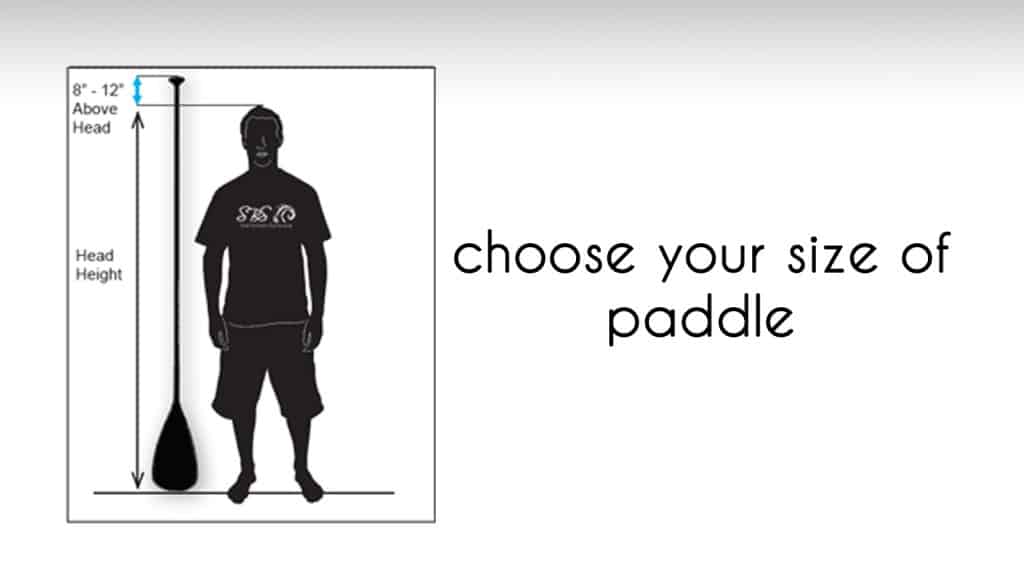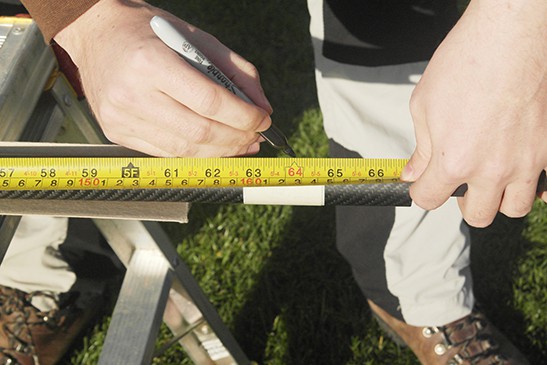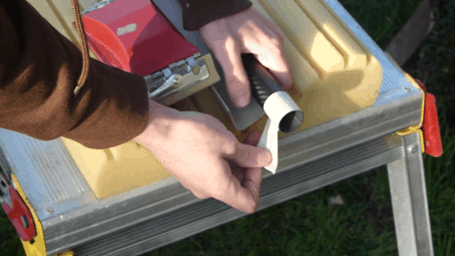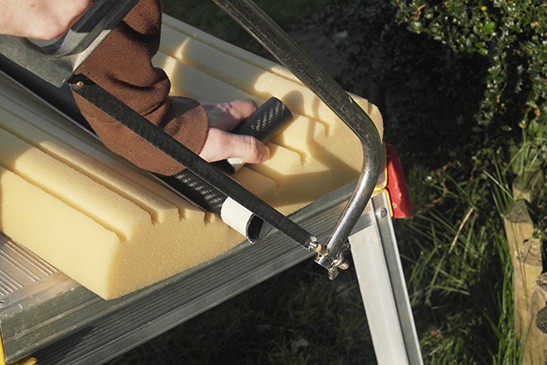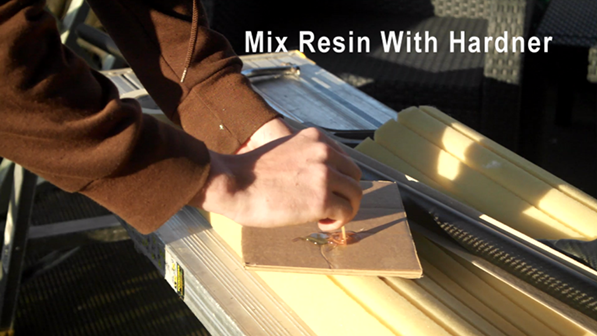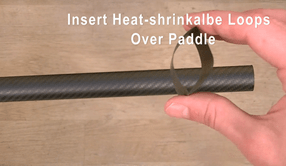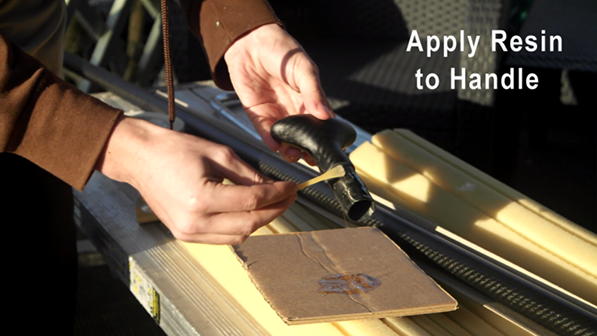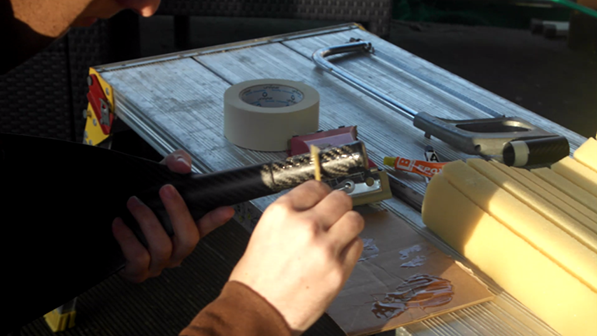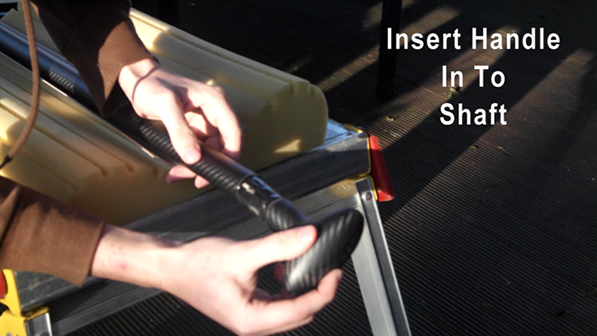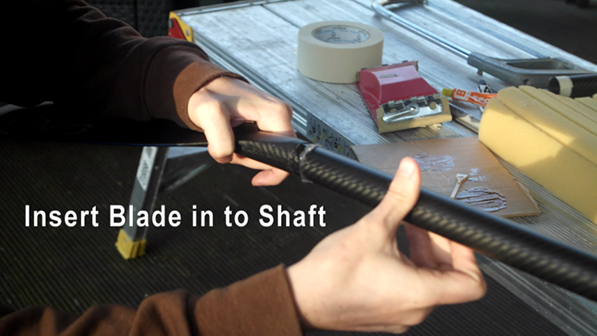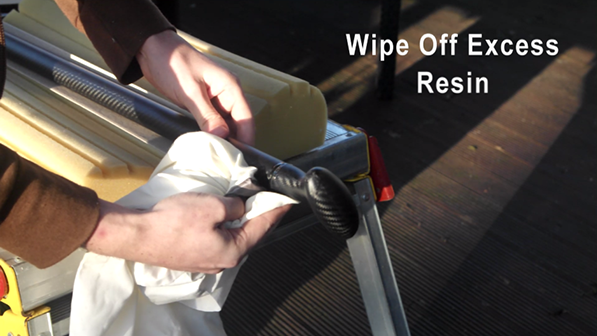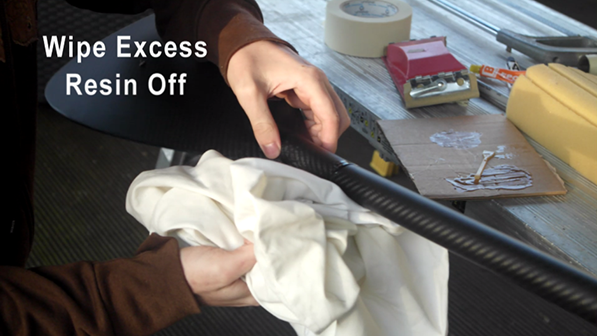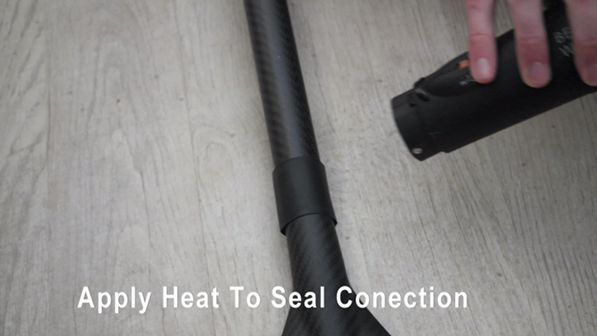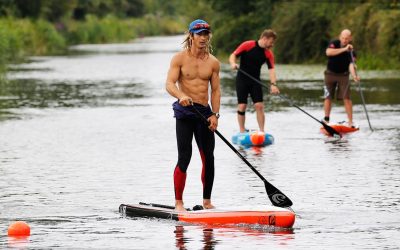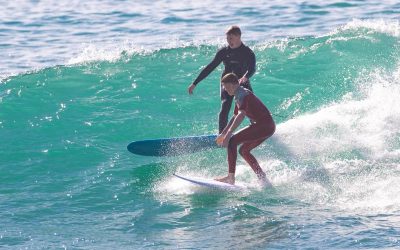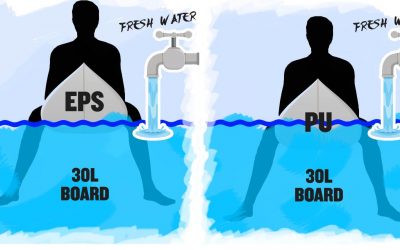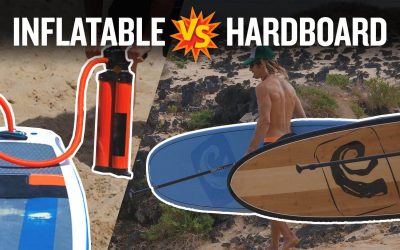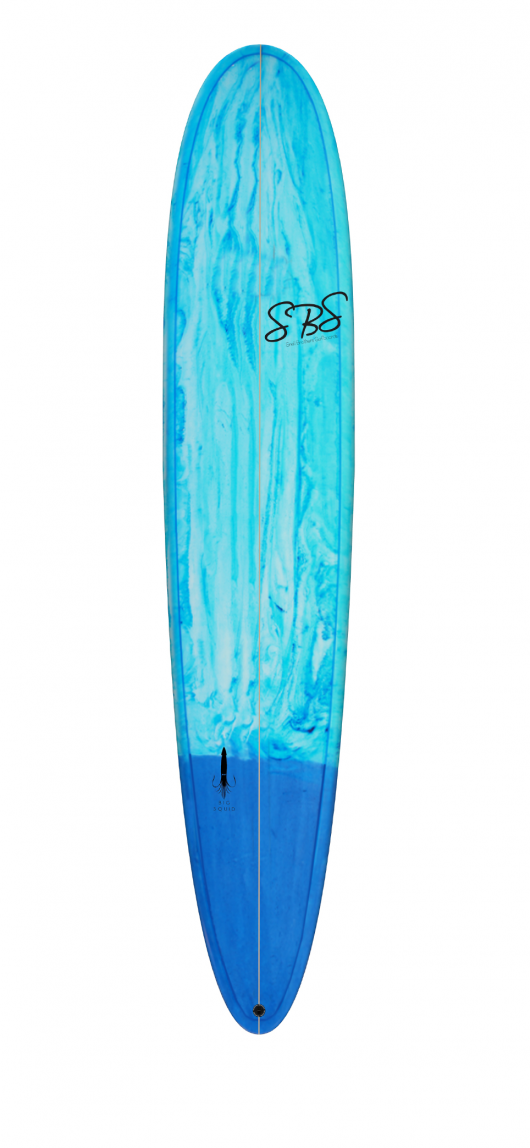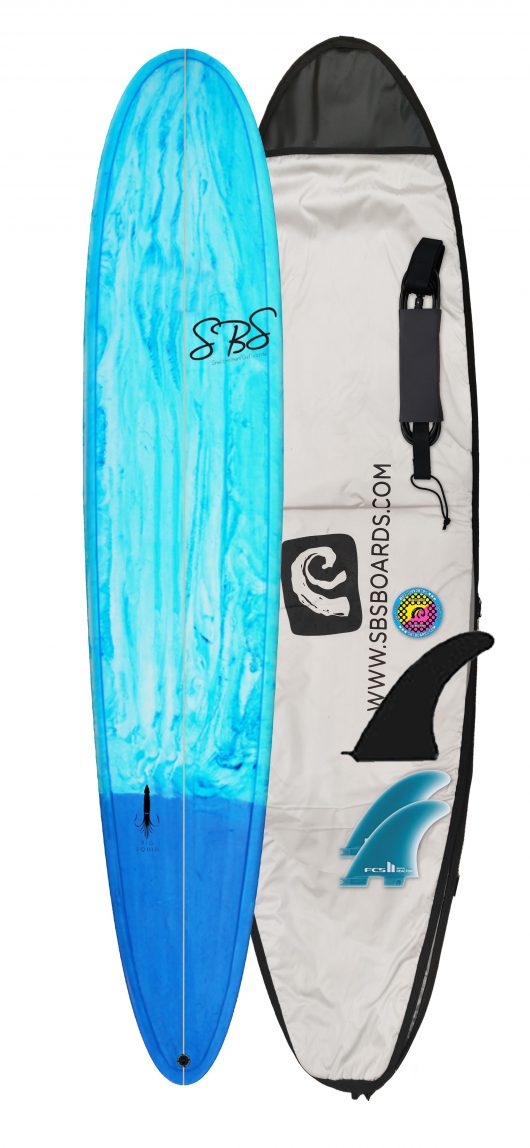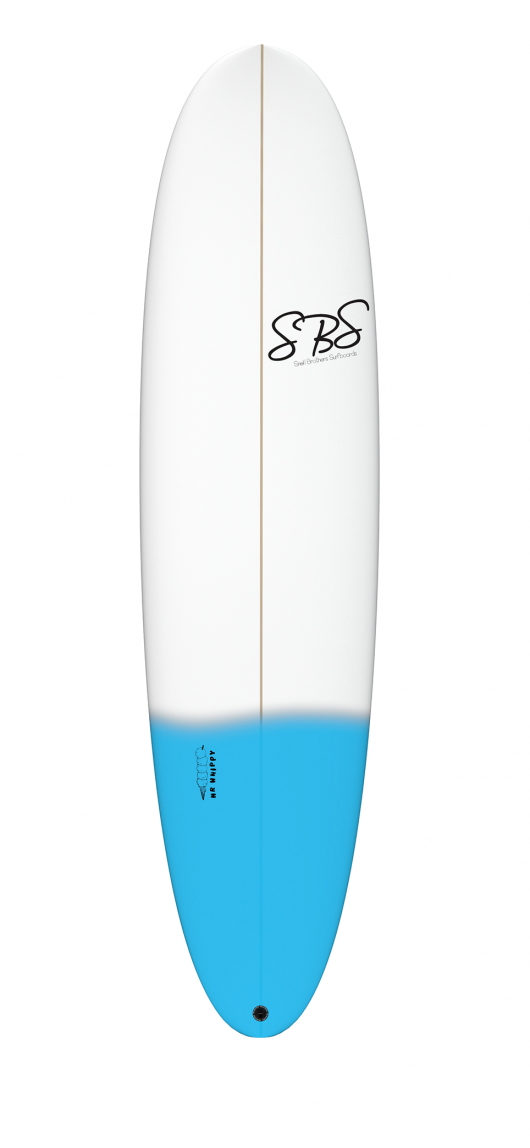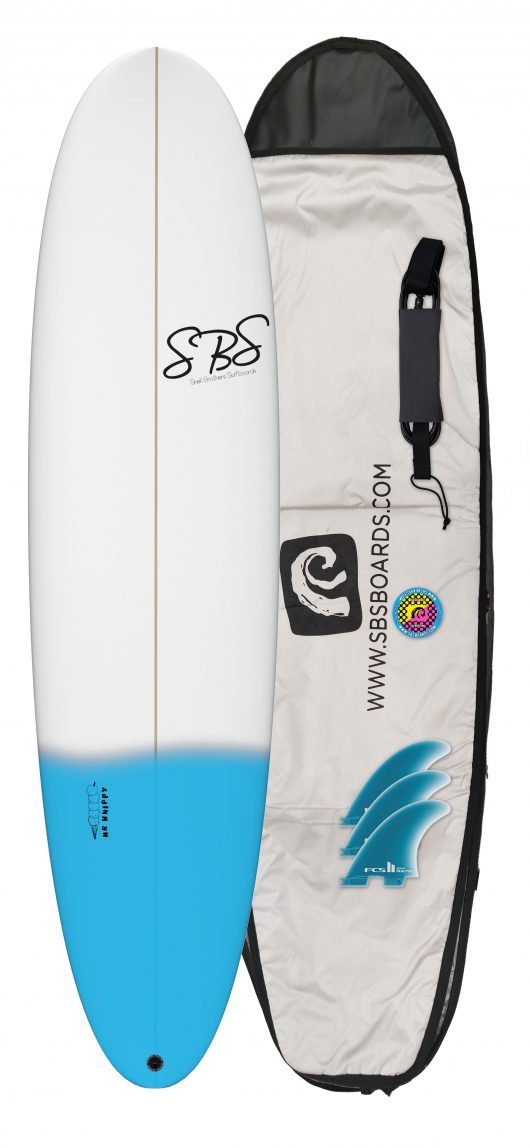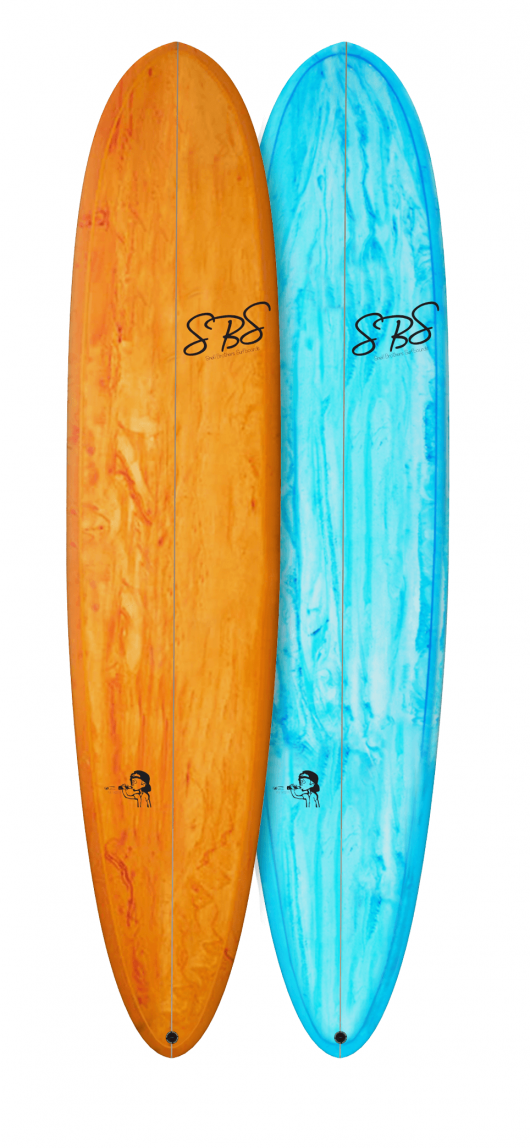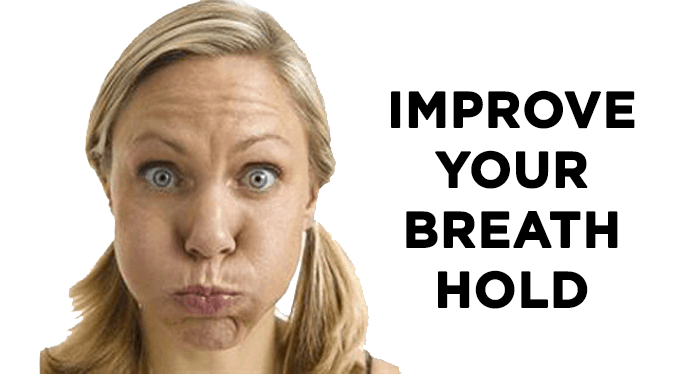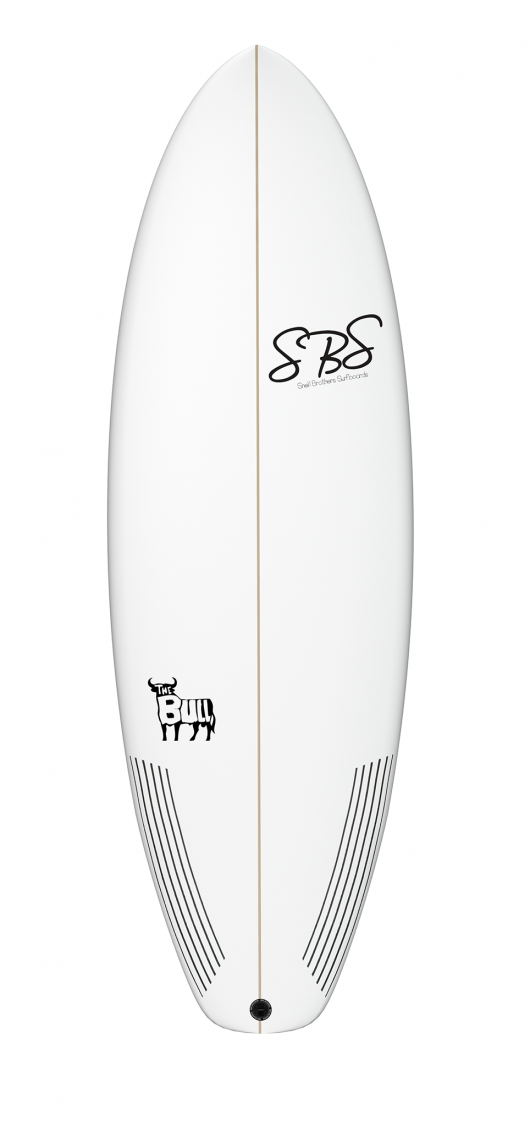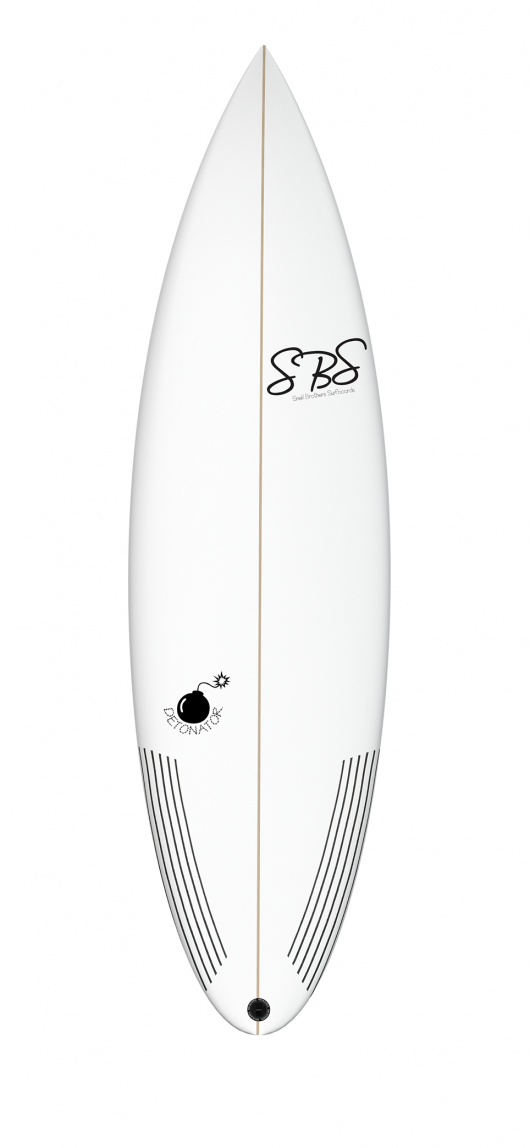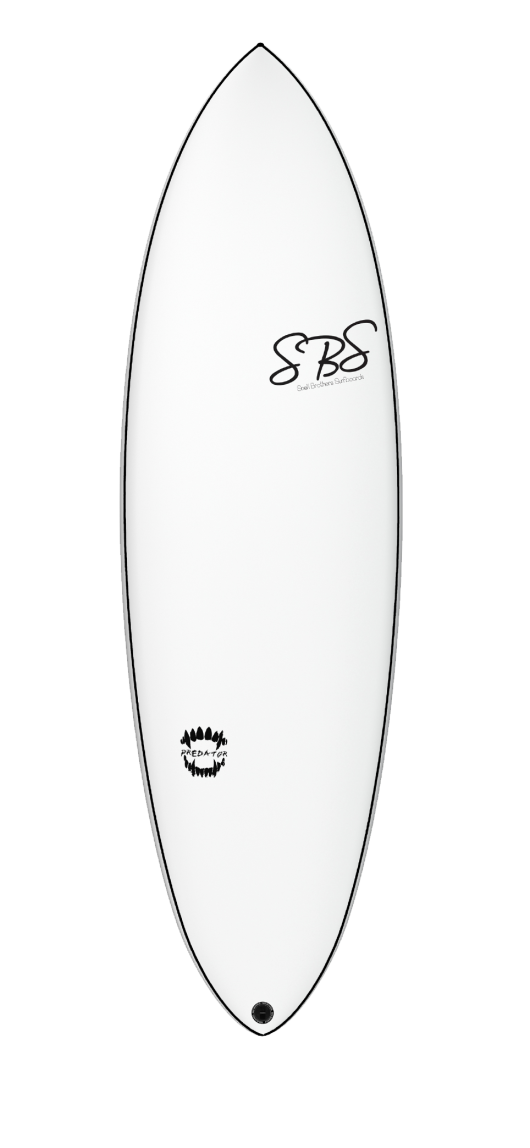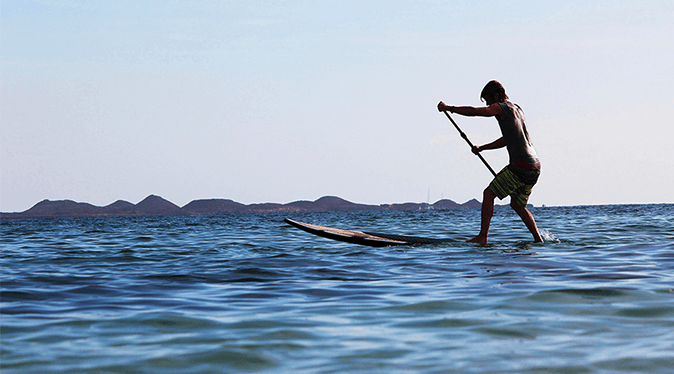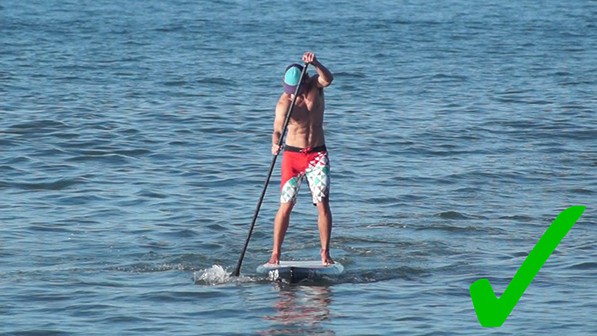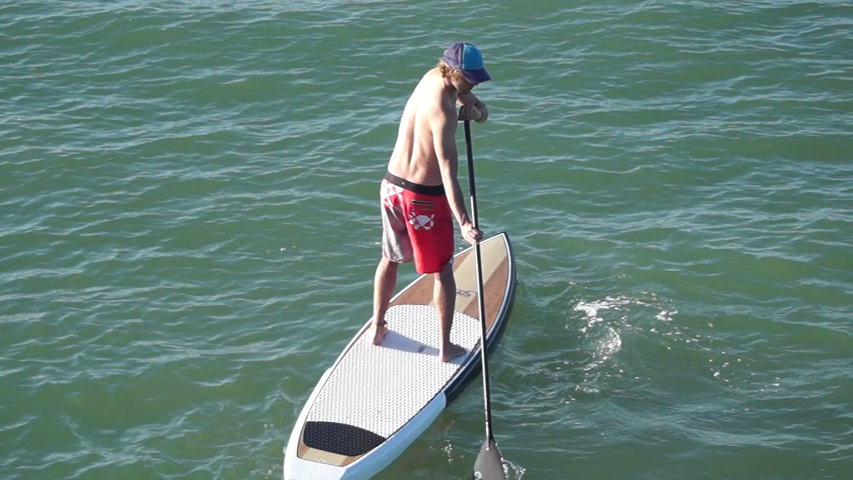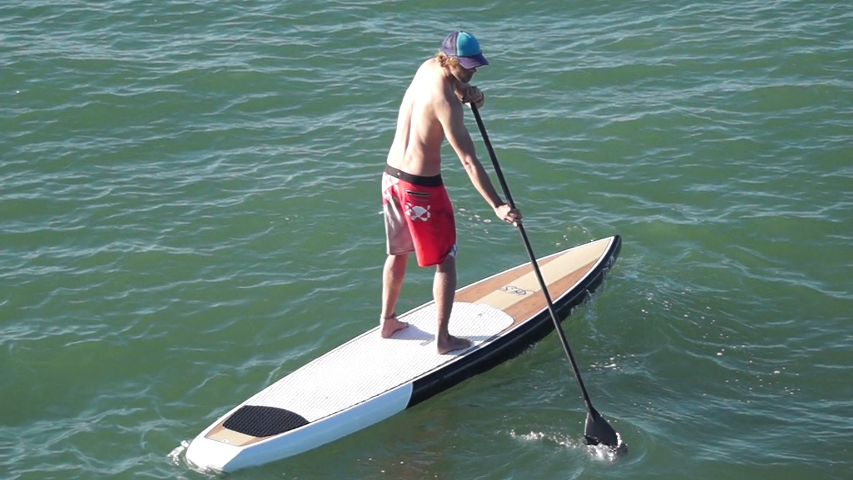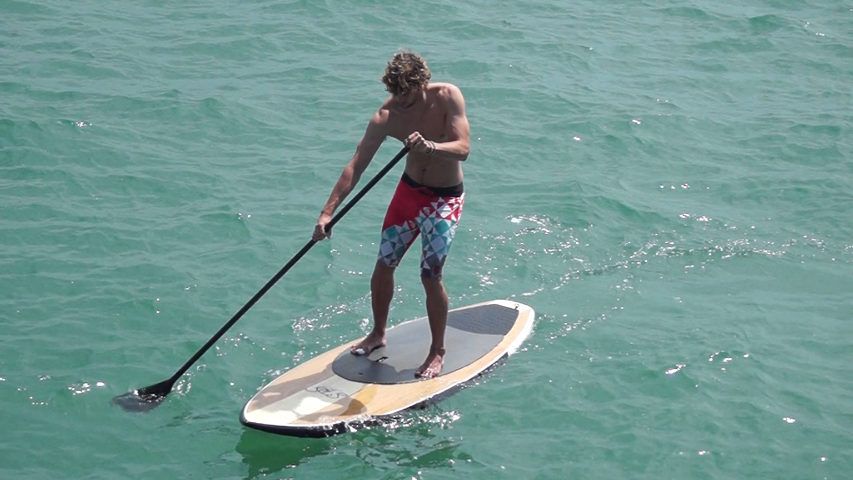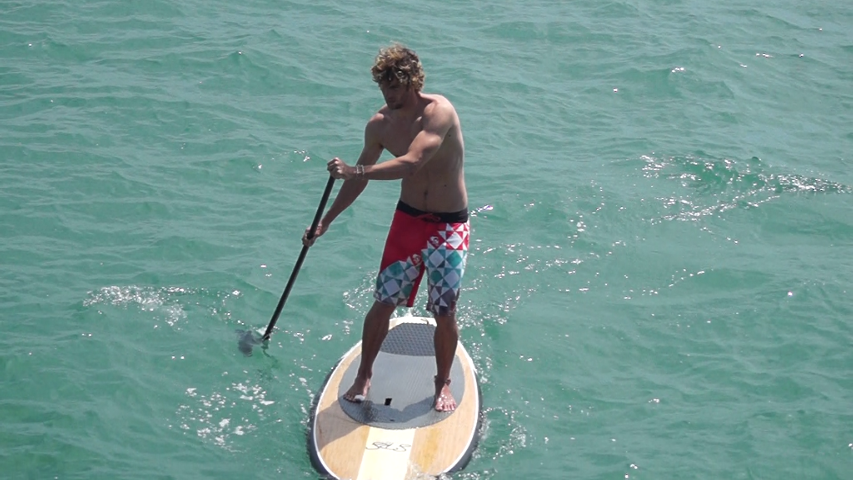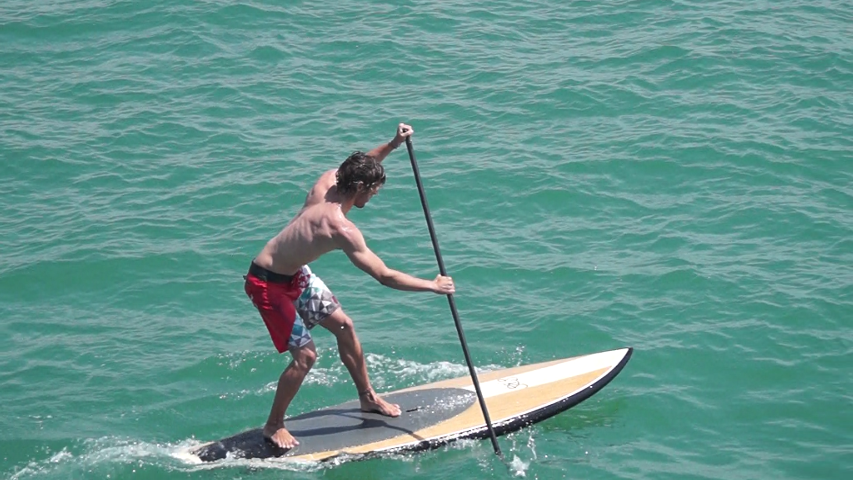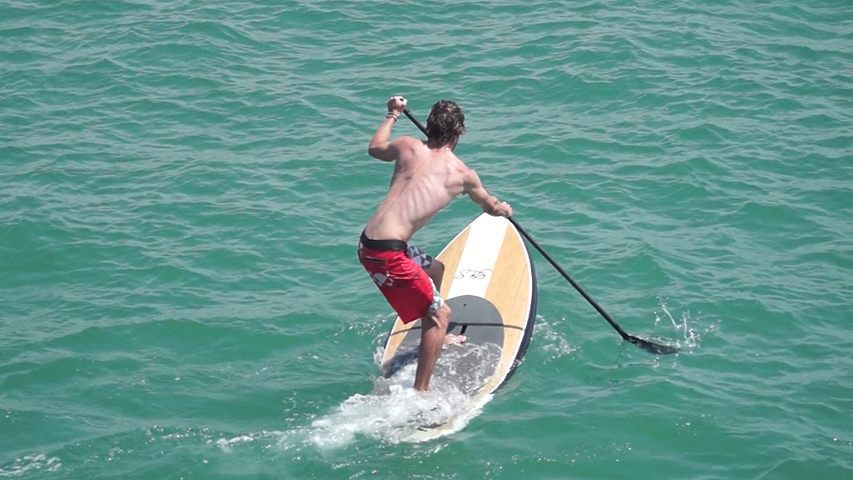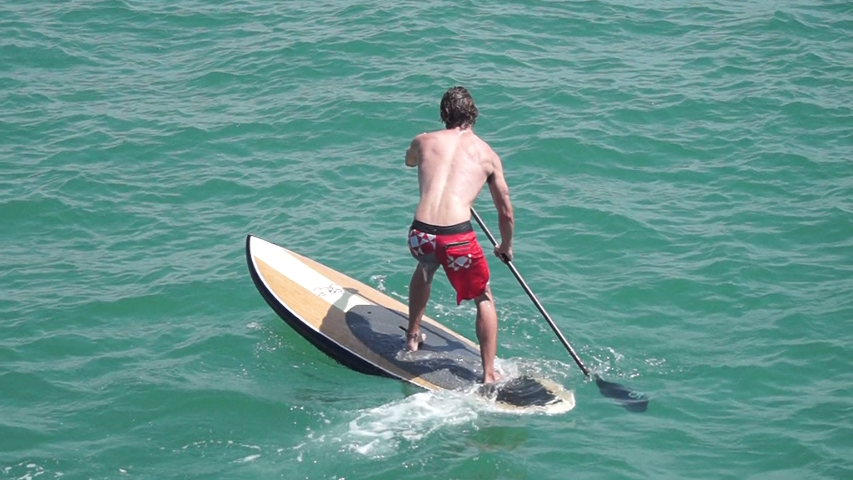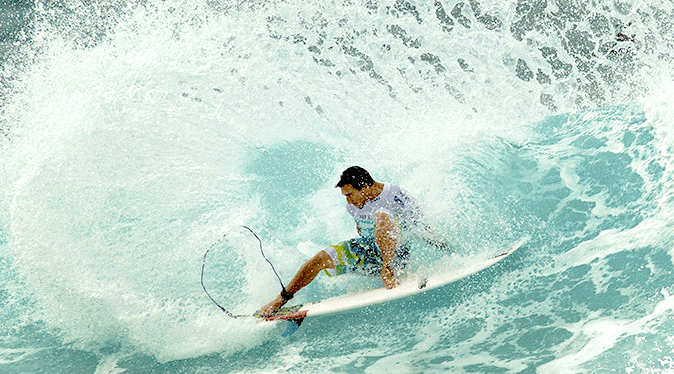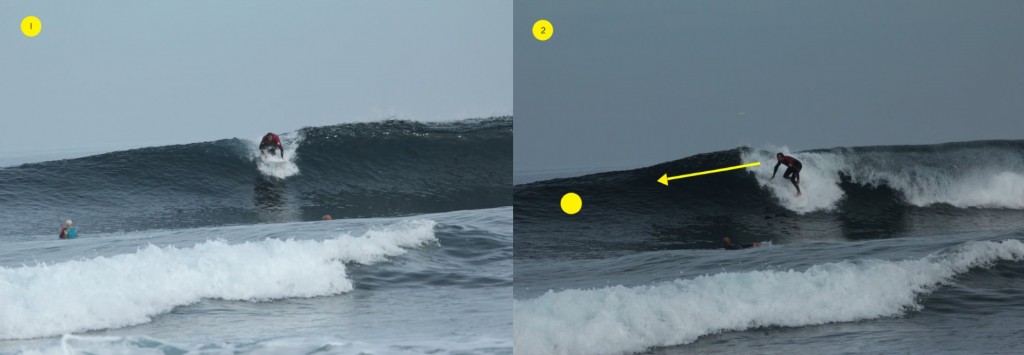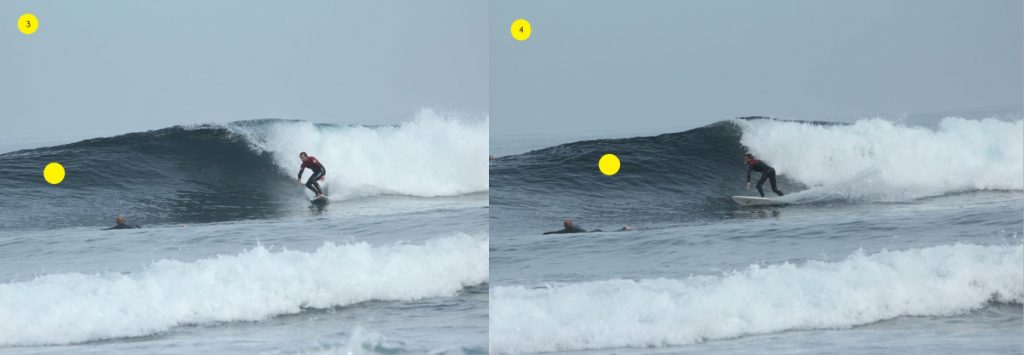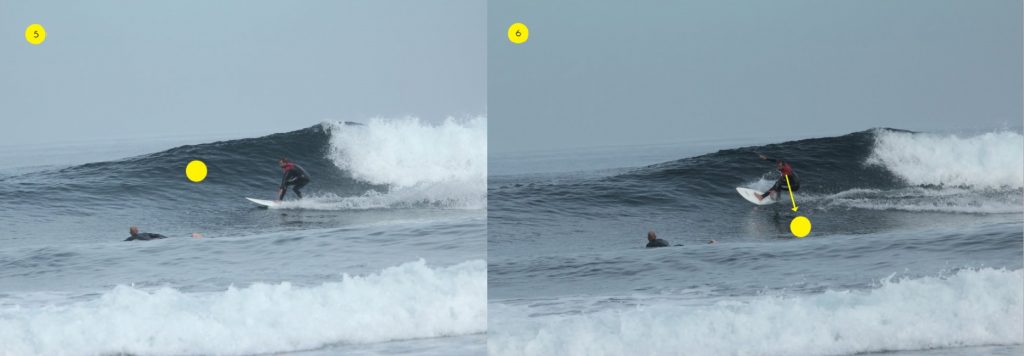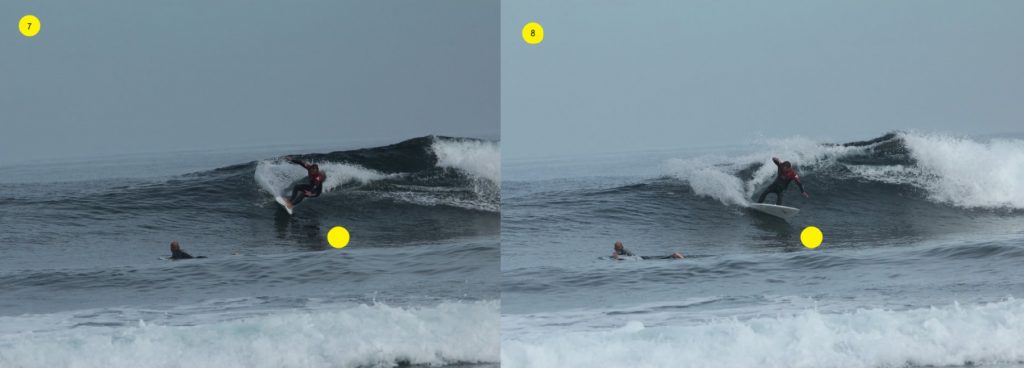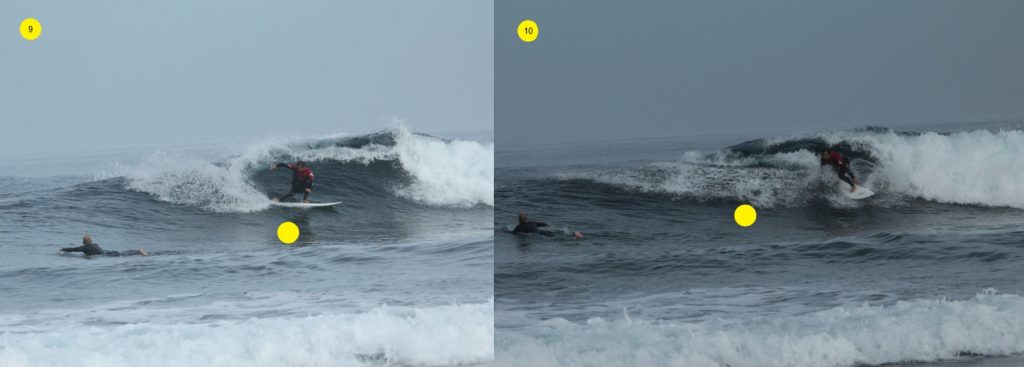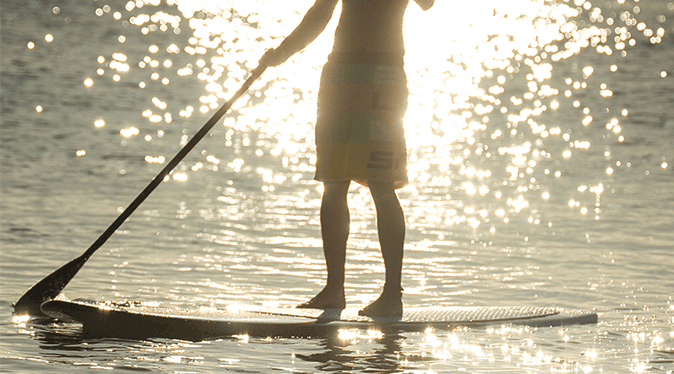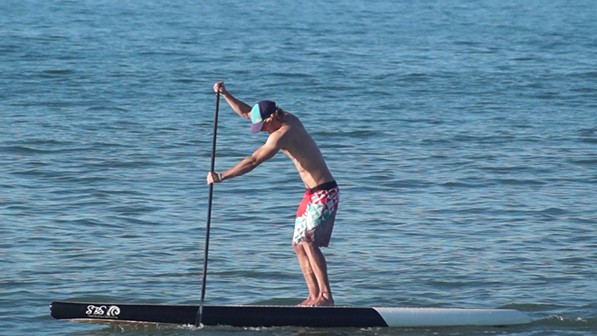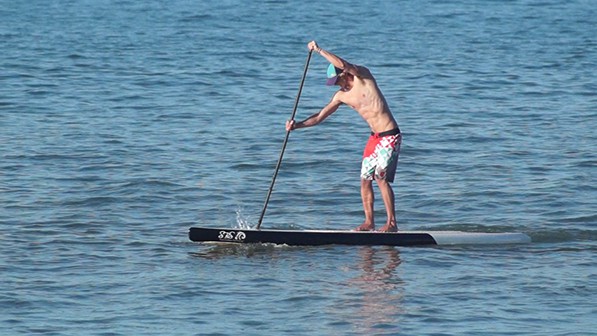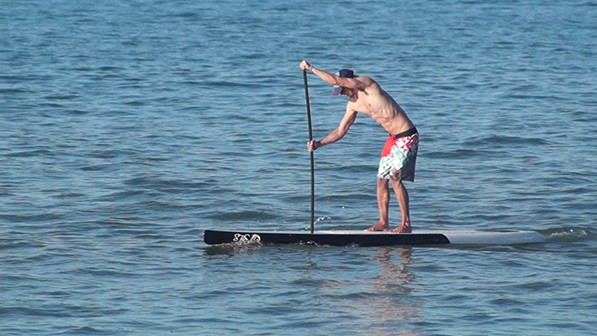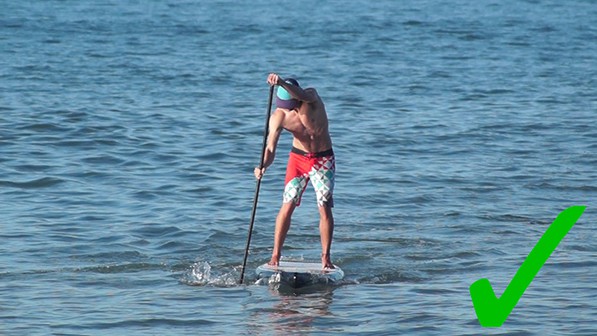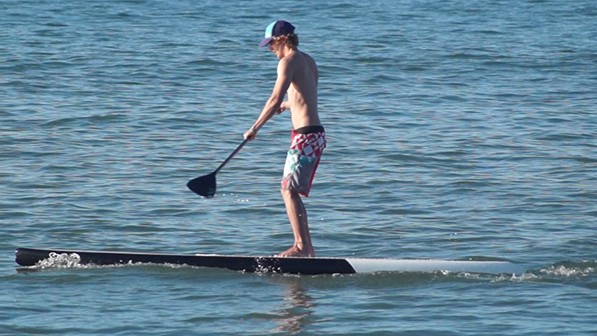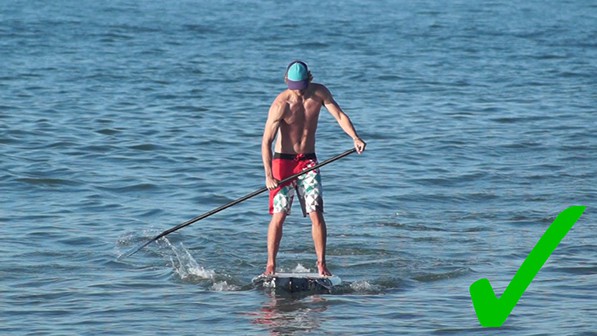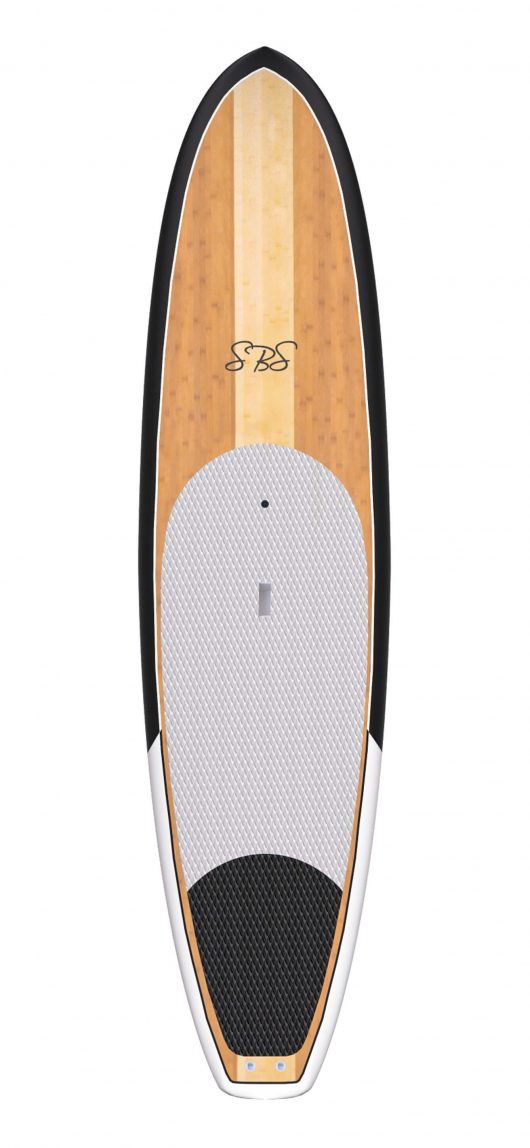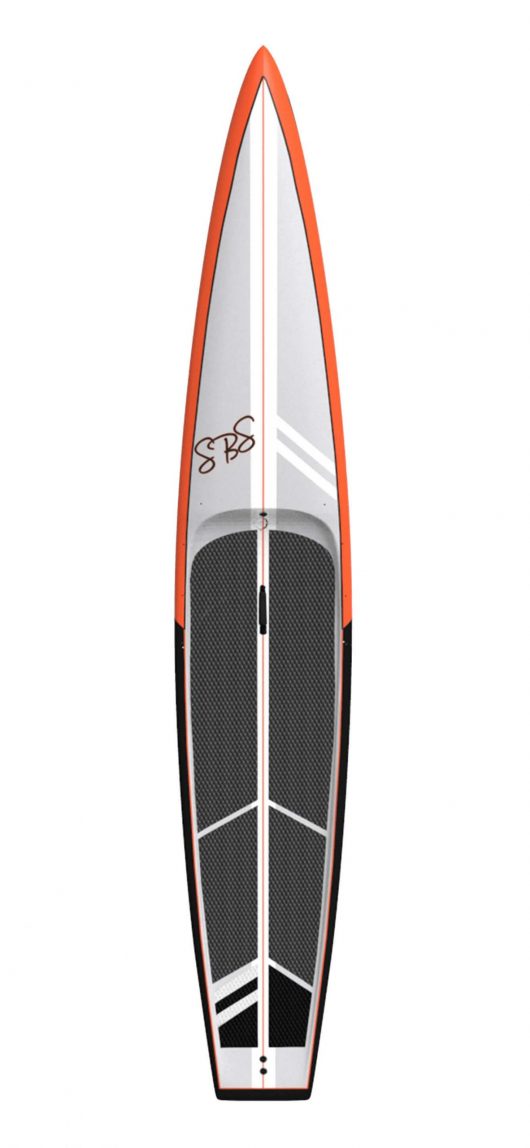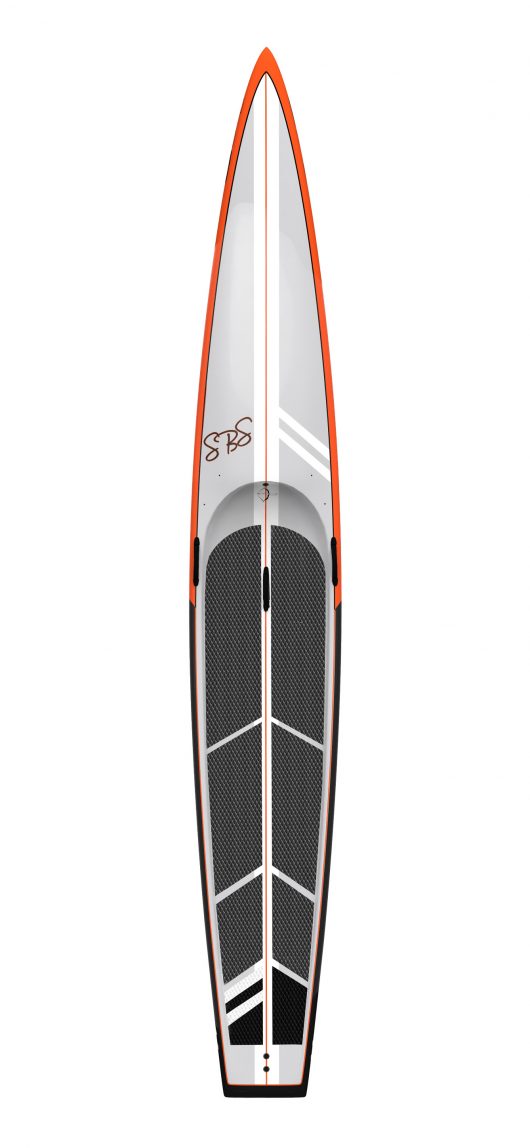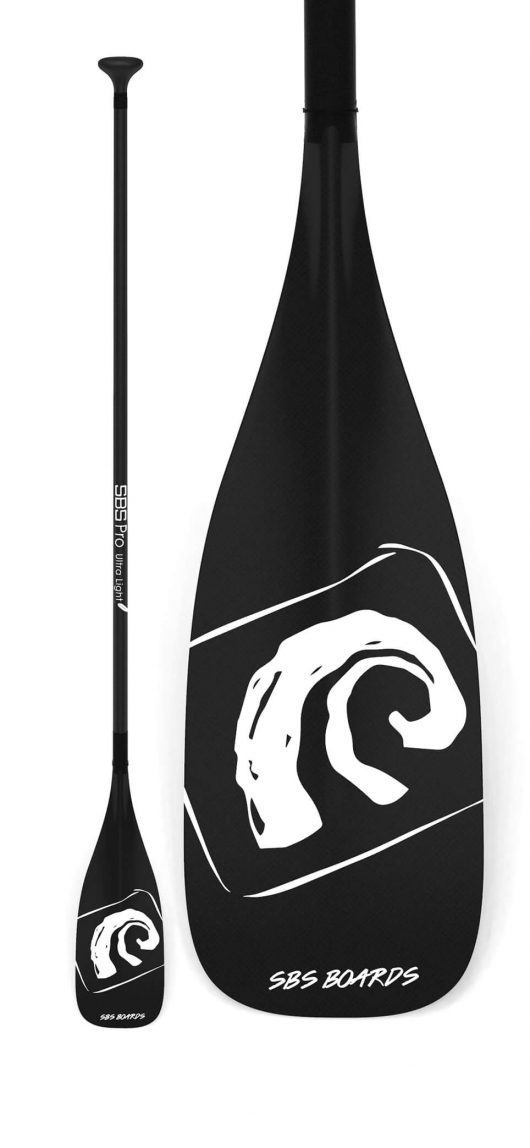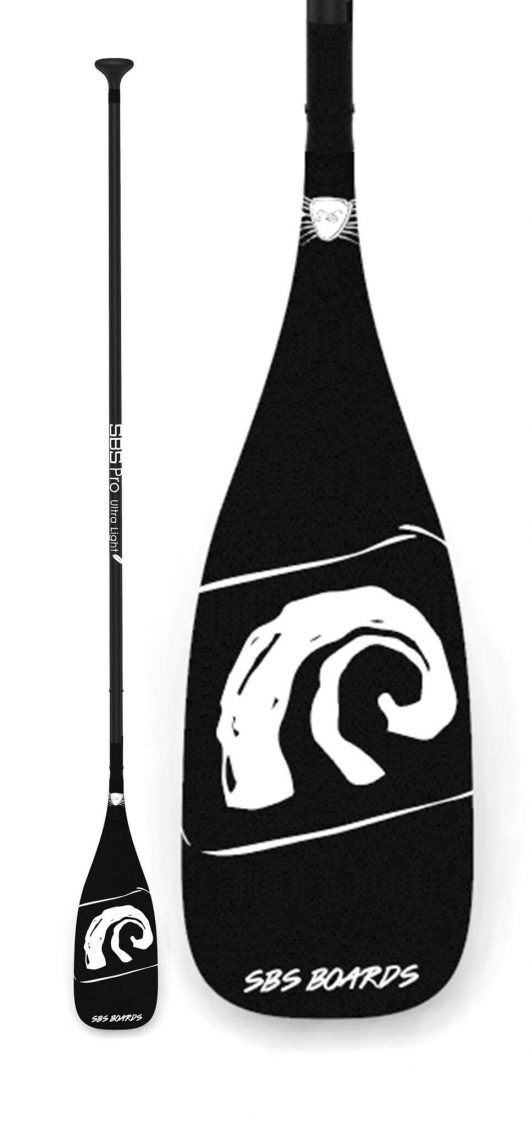The Wave Garden Bristol “First Look”The Wave Bristol Has released its first short video of the waves produced by wave garden specifically wave garden cove technology and we got say its looks incredible. ever since the first idea of the wave bristol came about we have...
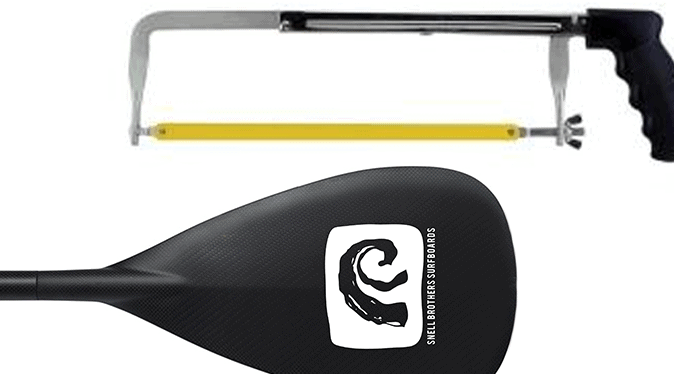
How To Cut & Fix A SUP Paddle Together
HOT TO CUT & FIX A SUP PADDLE
How To Cut and Fix a SUP Paddle Together
This is a how to guide for how to cut an SBS fixed length paddle fallow the guide step by step or watch the video to create your perfect paddle.
Supplies Needed:
* Hacksaw * Masking Tape * Sanding Block * Medium Grit Sandpaper * Tape Measure
* Fine Tip Permanent Marker * Dust Mask (Optional) * 5 Minute Epoxy * Stir Stick * Mixing Tray
1) To measure paddle length, stand the paddle Upright next to you with the tip of the blade touching the ground.
2) Using a fine tip permanent marker, mark a line on the shaft where you will make the cut.
WARNING: Make sure to compensate for the additional length with the handle installed.
3) Wrap a strip of masking tape around the shaft where you put your mark to prevent splintering while cutting.
4) Using the hacksaw, cut the shaft. Note: Paddle length is a personal preference. We recommend the total paddle length to be approximately 8” to 12” above head level, including the additional length with the handle installed.
* A longer length shaft is recommended for racing and flat water cruising.
* A shorter length shaft is recommended for wave riding.
5). Using the sanding block, sand the end of the shaft flat and smooth out the edge. Remove the masking tape

Handle & Blade Installation
1) Using the mixing tray and stir stick, mix the epoxy thoroughly. And insert heat shrinking loop over paddle shaft
2) Coat the inside of the handle with the epoxy. Repeat this stage with the blade
3) Insert the handle onto the shaft. Line up the flat side of the handle with the outward facing blade while the epoxy is still wet.
4). Line up the flat side of the handle with the outward facing blade while the epoxy is still wet.
5) Once the handle has dried, drip a bead of epoxy around handle connection to prevent leakage. Wipe off any excess resin
6) Slide heat shrinking loop over blade and shaft connection and apply heat until tight
After this, your paddle should be complete and ready to youse, have fun and see you in the water.
Related Posts
The Wave Garden Bristol “First Look”
SUP Clinic Chichester By SBS boards & TJ Boards
We hosted our very first SUP clinic with Partners, TJ boards who are local experts of the Chichester canal. We were lucky enough to have our SUP team rider Narcy who lives in Fuerteventura in the canary island who lives and breast anything water sports. who is...
How To Paddle Faster!
Improving your paddle stroke means catching more waves longer sessions and more fun For anyone starting surfing or even an experienced Surfer will know the feeling of missing a wave by one or two strokes, not quite being in front of the wave as it peels or freaking...
13 Things All Beginner Surfers Need To Know
If you are new to surfing or if something you want to try there are some precautions you should definitely take before jumping in at the deep end Here are our top 13 tips for beginners all the things you will need to know to get you started in your surfing fun and...
Epoxy Surfboards are Better For wave Pools?
Whats Better For Wave Pools (EPS Or PU) If you haven’t been hiding under a rock for the last 2 years then you have probably seen the explosion of wave pool video hit the internet from Kelly's Surf Ranch with endless peeling perfection to BSR Park, N Land in Austin or...
INFLATABLE SUP VS HARD SUP WHAT’S RIGHT FOR ME
As technology and development in inflatable and hard boards change this is something to review every few years as it used to be very clear that hard boards rule the waterways and inflatables had no place and no rivalry to the hardboard but today things are very...

